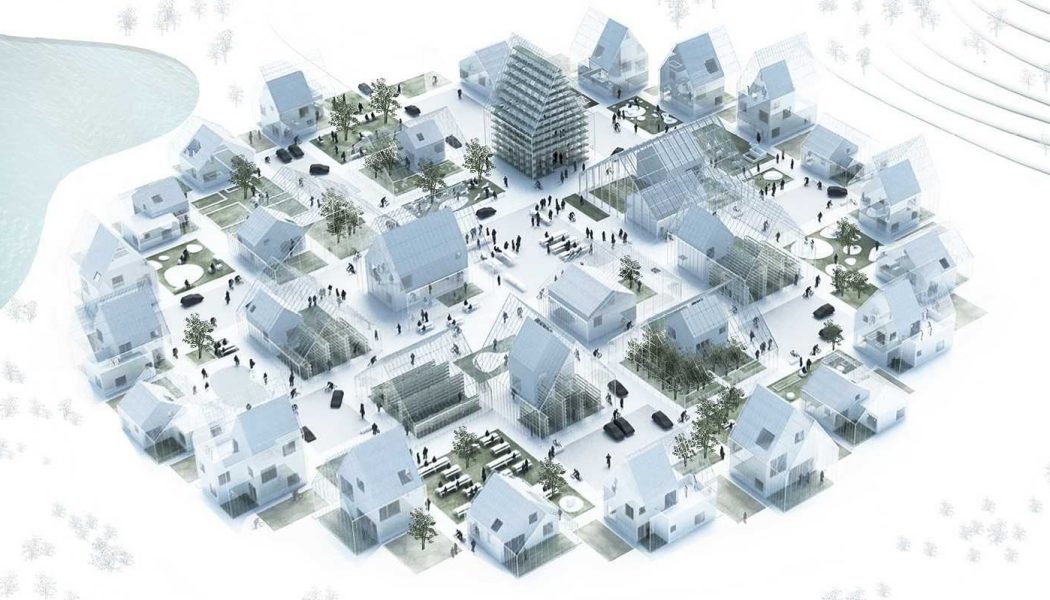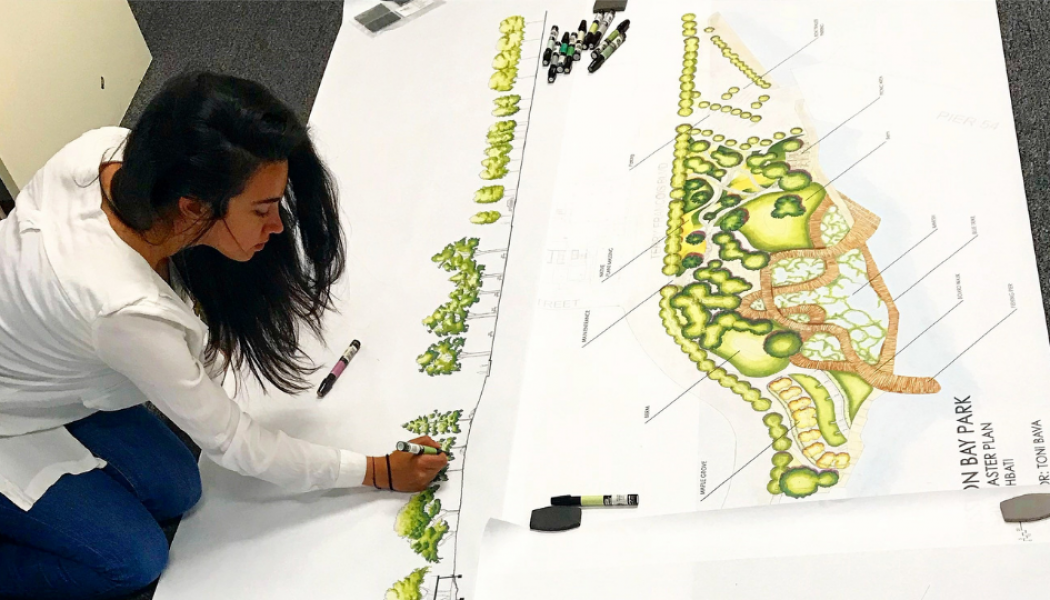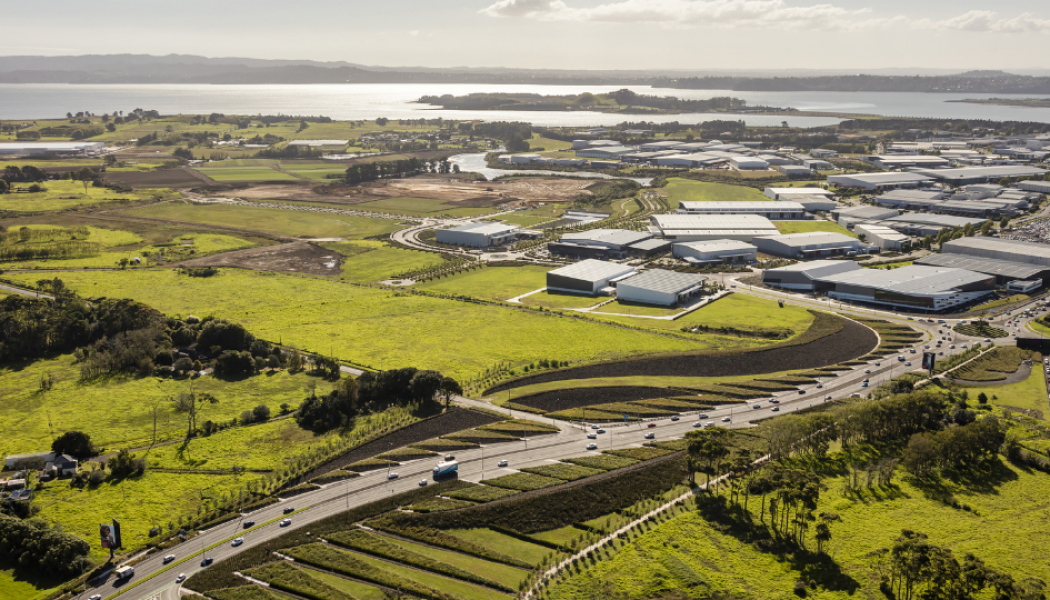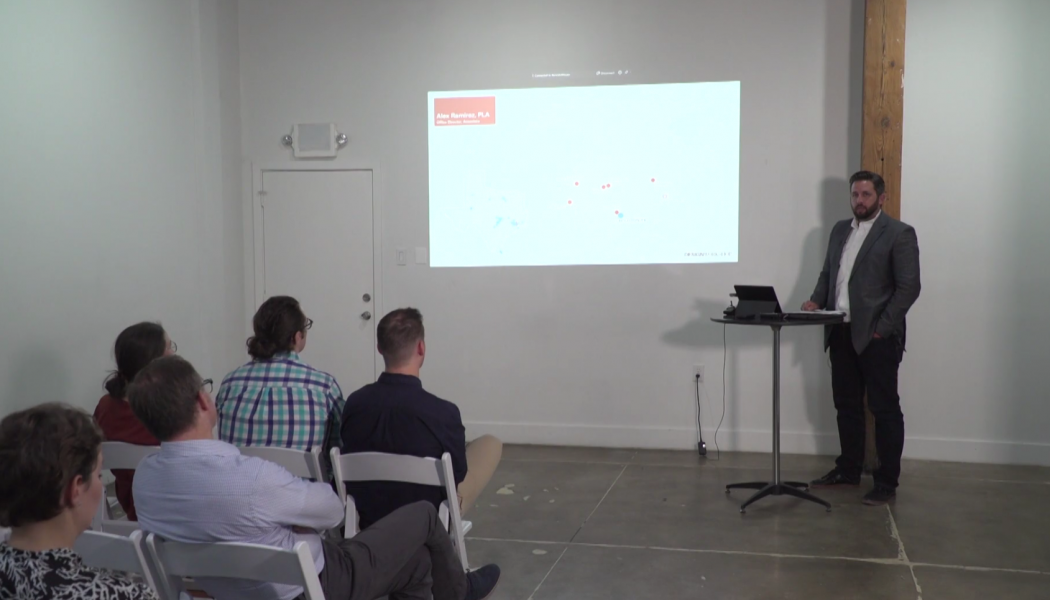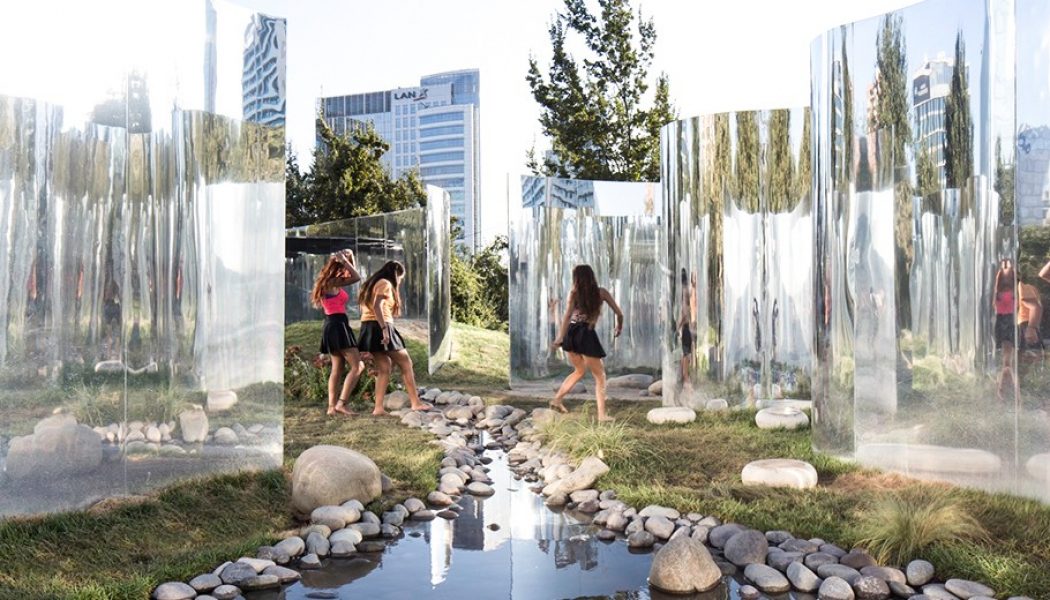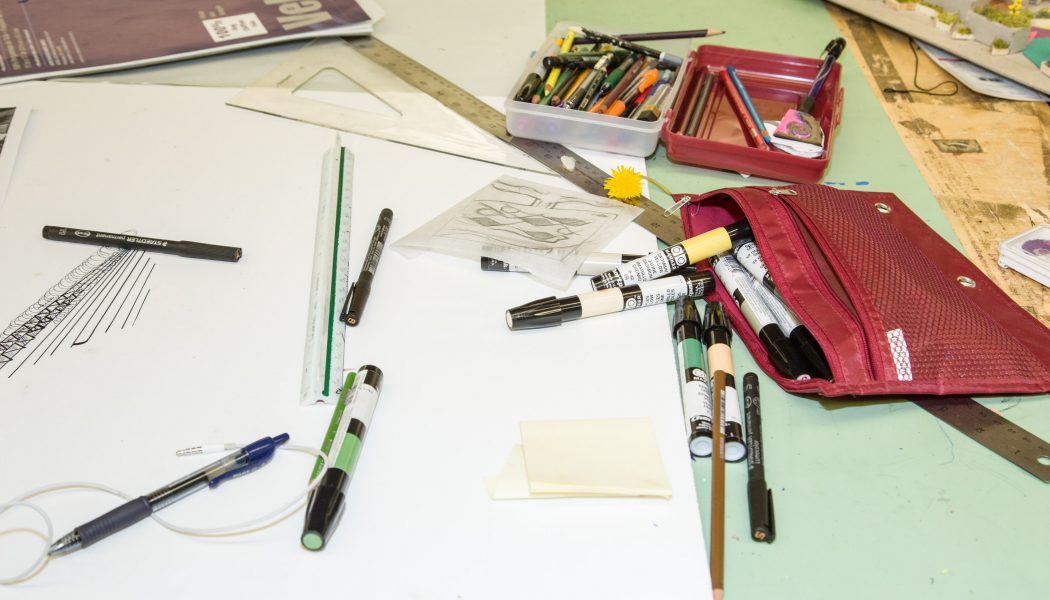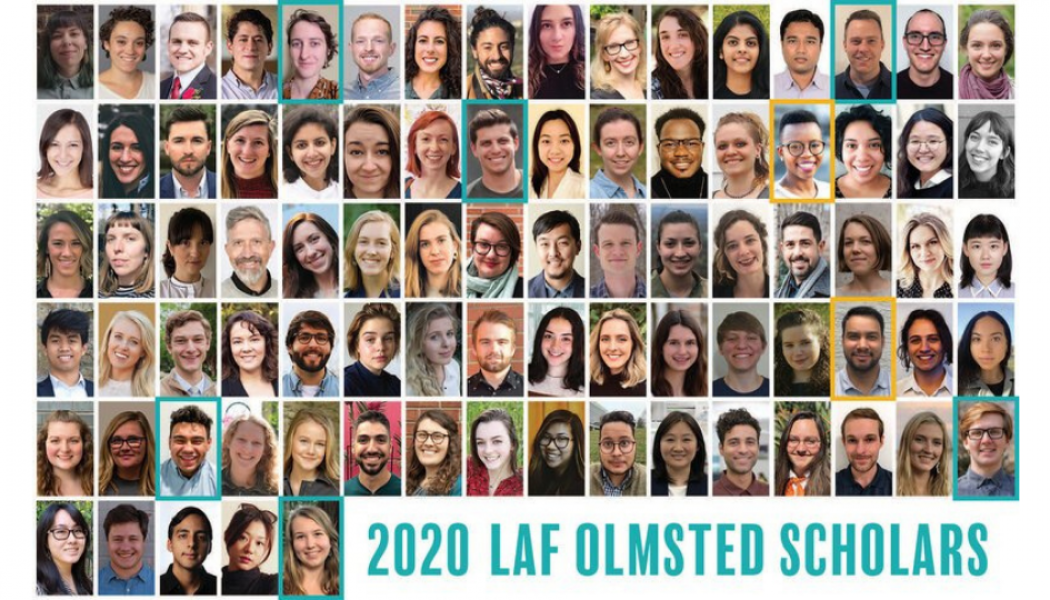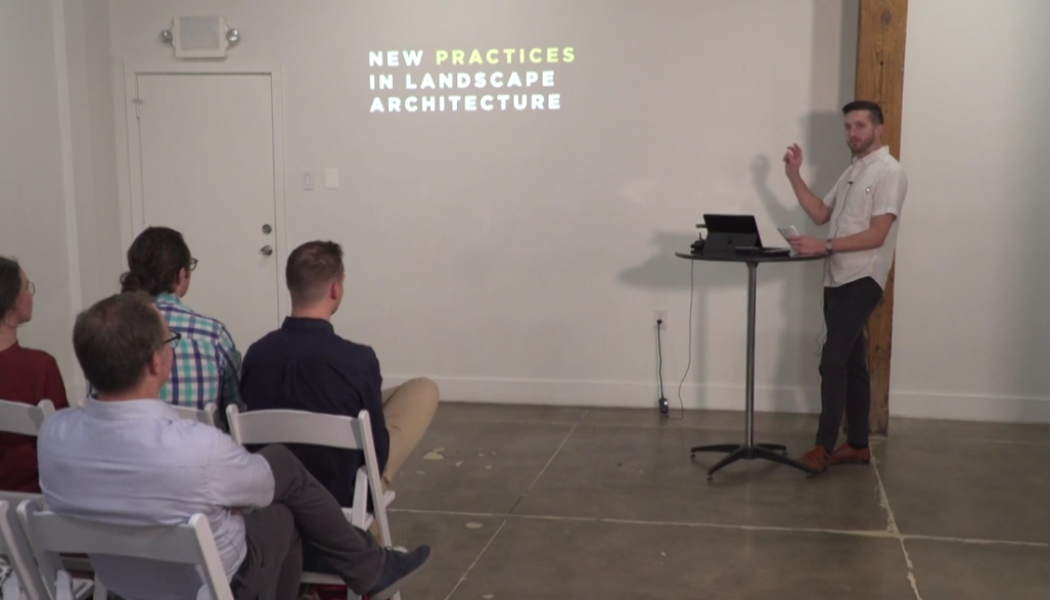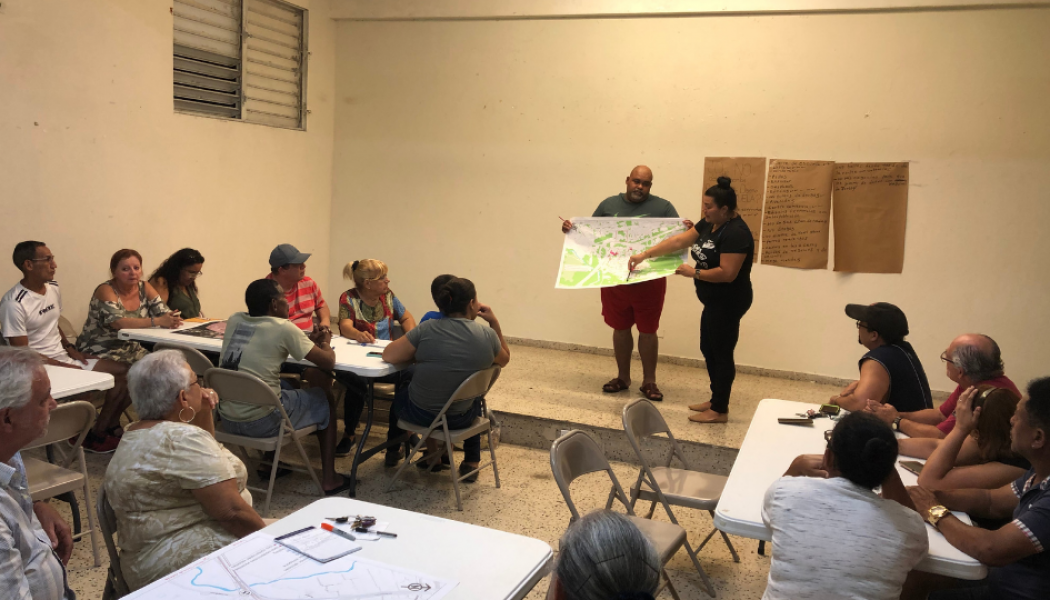Cover Story
Posts to be featured on the Home Page Slider
The Value of Employee Ownership: Five Best Practices to Consider
As companies built on strong long-term relationships and a commitment to client service, landscape architecture firms thrive when employees deliver high-quality results every time. Recruiting and retaining high quality design and planning talent is critical to achieving this. Retention of top talent goes beyond benefits and compensation, it requires a strong corporate culture that provides employees a stake in the organization. In fact, research continues to demonstrate that employees who have a stake – either through profit sharing or ownership shares — in the company they work for tend to be happier, more committed employees. In 2020, amidst a global pandemic and a time major uncertainty, Design Workshop announced its 100% Employee Stock Ownership Program (ESOP) giving employees so...Read More
Conflict Wood [Land8x8 Video]
The use of tropical hardwood lumber, such as ipe, in construction is damaging the world’s ecosystems at an alarming rate. During the Land8x8 Lightning Talks in Austin, Texas, Zac Tolbert, a licensed landscape architect and Business Development Representative at Delta Lumber & Millworks, outlined the detrimental environmental impacts of specifying tropical hardwoods and the sustainable alternatives available. As a call to action, Tolbert urged design professionals to be stewards of nature and lead the building and construction industry to a sustainable future – starting with eliminating the use of tropical hardwoods in their projects. While wood is considered a renewable resource, standard harvesting practices such as clear-cutting, in which large expanses of forests are cleared, do not...Read More
How Urban Degrowth Makes Better Cities
In decades past, urban cities have grown at an accelerating pace while overlooking environmental and social needs to gain wealth. Likewise, the increasing prosperity has led to an increase in overall consumption and therefore immense natural resource extraction. Since the industrial age, cities have been expanding and attracting many residents from the surrounding countryside. Consequently, environmental damages are increasing, but they can be reduced by introducing a contradictory movement– degrowth. Degrowth has its roots in early 2000s France. It is an ideology opposing the existing model of constant city growth for growth’s sake. And promotes producing only what is needed to sustain the city. Degrowth has the potential to radically transform urban cities towards a more sustainable futu...Read More
8 Questions with @nahalsbt (Nahal Sohbati)
As recently as 10 years ago, when I went through design school, the primary drawing references available to aspiring landscape architects were design magazines and books of renderings by famous landscape architects. Today, the situation is dramatically different. Visually-oriented social media, especially Instagram and Pinterest, have opened a vast repertoire of drawing types and styles – making them accessible and available to anyone with an internet connection. On Instagram @nahalsbt, Nahal Sohbati shares beautiful and playful drawings. We asked Nahal a few questions about her experience in landscape architecture and social media. Let’s start off with a little about drawing – Did you draw as a kid? What are the first things you can remember drawing? As a kid I drew, o...Read More
Cultural Preservation Shapes Auckland International Airport’s Landscape Design
Industrial expansion can—and should—be environmentally and culturally conscious. Nearly 20 years ago, Auckland International Airport (AKL) created a long-term expansion plan that prioritized sustainability while celebrating the country’s rich cultural and agrarian traditions. Our firm was hired to review development plans for six square miles (1,500 hectares) of property at and surrounding AKL. That exercise led to design work for phased projects on the airport-owned property through 2044. The client’s performative prerequisites focus on watershed remediation—much of AKL’s property is adjacent to either Manukau Harbour or Oruarangi Creek. The other primary directive is to minimize the project’s carbon footprint by reusing excavated dirt in other parts of the property to avoid trucking it t...Read More
The Icon: From Concept to Reality [Land8x8 Video]
Iconic elements in the landscape – whether sculpture, public art, or branded graphics – accentuate the experience of a place. These “icons” become identifiers that capture the character of a place and act as a physical interpretation of a development’s brand. However, sometimes the intention of such placemaking icons can fall short, as ideas conceptualized early-on in the design visioning process are not fully realized. How can designers ensure an initial design vision is carried through to implementation? To answer this question, Alex Ramirez, Office Director at Design Workshop’s Houston office, formed a research group with his fellow coworkers as part of Design Workshop’s Emerging Leaders Group* program. During his presentation at the Land8x8 Lightning Talks in Houston, Texas, Ramirez, s...Read More
Increasing Sustainability with Temporary Interventions in the Landscape
As a species, we have the impulse to seek stability and permanence, perhaps because we do not accept the fact that, in the grand scheme of things, we are ephemeral, and this scares us. This impulse is reflected in architecture. Indeed, traditional architecture is always focused on permanence. Perhaps landscape architects have a better appreciation for working in four dimensions, as working with living systems requires an acceptance that nothing is permanent. But what is permanent? We oppose change, but change is the one constant in our lives. Everything is destined to come to an end, so why look for permanent solutions to temporary problems? In this article, we explore the aspects of temporariness. We look at how it manifests today in architecture and the landscape; we examine the implicat...Read More
Landscape Architecture Education: Between Two Worlds
For over 30 years in various capacities, I have taught the profession and craft of landscape architecture to university students. Sharing my love and passion for landscape architecture with students has been one of the great joys of my life. The academic, professional, and community recognition they have received for their individual and team work gives me great personal satisfaction. Yet with all this, I now wonder if I am adequately preparing my students for their future. Our current students will face challenges unlike any faced by previous generations. Anthropogenic destruction of life and life-support systems has pushed the planet into an ecological emergency. Mass extinctions are accelerating. Human encroachment into the last wild places has given us the global pandemic. And from the...Read More
10 Ways to Increase Biodiversity in Any Design
What is the first thing that comes to mind when thinking about biodiverse ecosystems? Probably the hard-paved, concrete, urban environment is not what you have in mind. Though cities are dominated by one species, (which I assume we are both representatives of), they are ecosystems full of opportunities. Urban environments are compositions of prospects and threats. Seizing those opportunities demands from us a new understanding of environmental protection. Some people might ask why we should care about urban ecology if there is a vast wilderness out there. Yet studies on urban biodiversity show that it is a cause worth fighting for. If you want to know how important urban biodiversity really is, check it out here. In this article, we summarize 10 methods that will help you create more biodi...Read More
Celebrating the 2020 LAF Olmsted Scholars
As we bid farewell to the unforgettable year of 2020, it seems like the right time to reflect on my experience of being a part of the jury for Landscape Architecture Foundation (LAF) Olmsted Scholars Program. Reflection has certainly been the common theme of our lives as the world’s pandemic shakes us out of our spheres of comfort and normality. We asked more questions than we ever had about our lives regarding our internal and external environments. For the Olmsted Scholar nominees, this may be a part of their experience as they write their 1,000 word submissions. Each year, LAF asks the following questions as the first part of the essay submissions: – Describe your personal development and how it has influenced your direction and vision for the future? – Discuss how you see y...Read More
What Automation Means for Landscape Architecture Practice [Land8x8 Video]
We are in an era of digital transformation. The emergence of new technologies is rapidly transforming the way we approach design, with firms utilizing computer software more heavily than ever before. Does this mean the jobs of landscape architects are soon to be replaced by automation? Probably not, but it will challenge us to do things differently. Formerly of Clark Condon at the time of this video and now as Senior Associate at TBG Partners, self-proclaimed “tech nerd” Chris Gentile put it, “In order to maintain relevance, we must adapt.” At the Land8x8 Lightning Talks in Houston, TX, Gentile explains why he has embraced automation, not only for its efficiency, but also because it frees up time for more creativity in the design process. Recognizing the benefits, TBG Partners ...Read More
The Geodesign Framework: Prioritizing Community Voices in the Design of Future Recovery After Hurricane María in San Juan
The impact of Hurricane María, a category-4 storm and one of the strongest hurricanes in Puerto Rico’s history, resulted in a total collapse of power and communications infrastructure. In San Juan, the US territory’s capital and most populated municipality, neighbors, cleaning up, wondered what they would do next. It is during this time when I first visited the Barrio Venezuela sector of Río Piedras. Together with the local churches, organizations, and the community social work team of the University of Puerto Rico’s (UPR) CAUCE Center, we distributed supplies. Walking within the narrow walkways and steps of El Hoyo (or The Hole) is when I decided to concentrate all of my efforts as a planner and a Geodesign graduate student to help the people of Barrio Venezuela. Barrio ...Read More




![Conflict Wood [Land8x8 Video]](https://land8.com/wp-content/uploads/2021/07/land8-cover-ipe-land8x8-zac-tolbert-1050x600.png)
![Conflict Wood [Land8x8 Video]](https://land8.com/wp-content/uploads/2021/07/land8-cover-ipe-land8x8-zac-tolbert-80x80.png)
